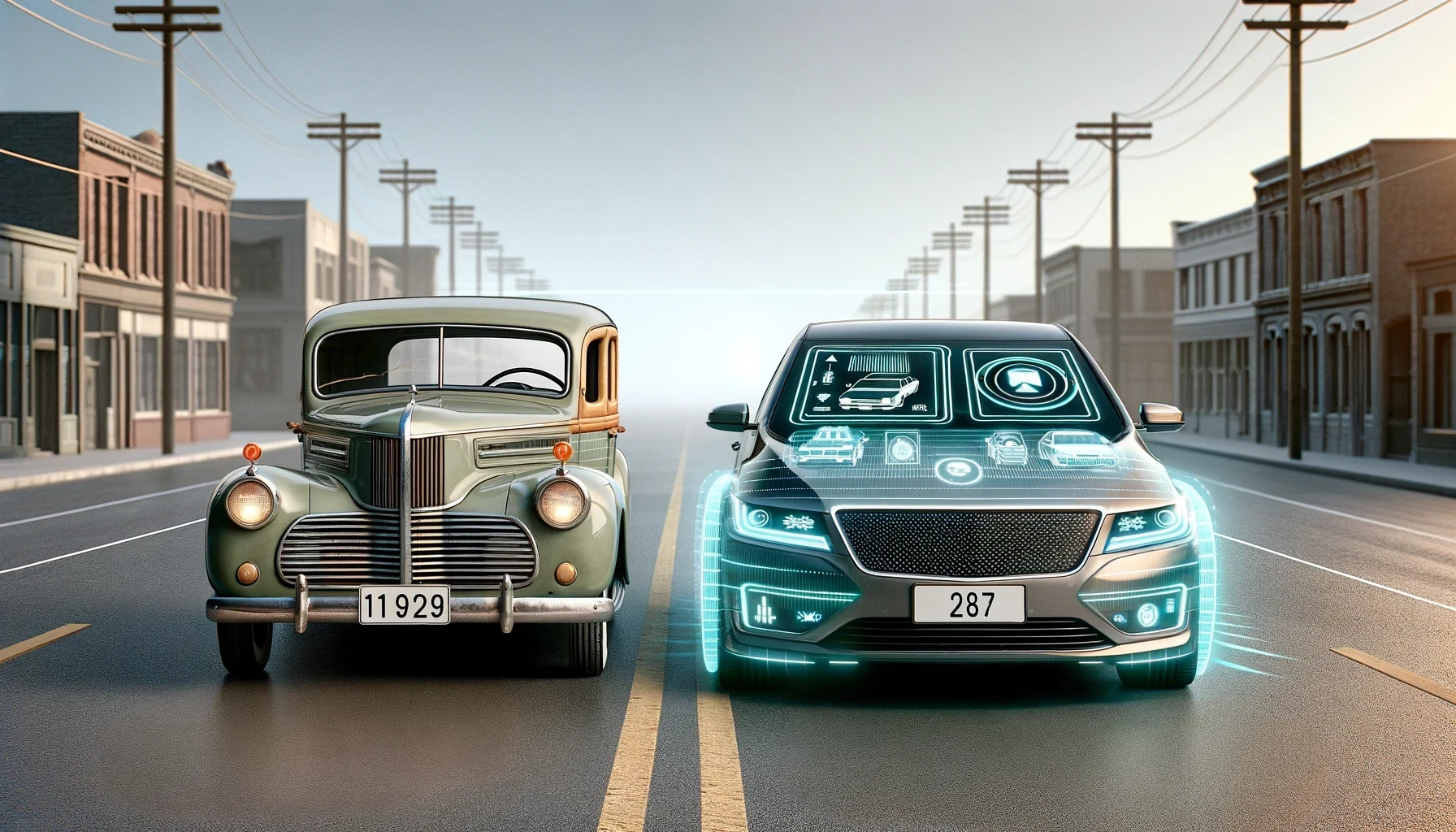
Driver Assistance Systems: A Journey Through Time in Road Safety
The evolution of driver assistance systems is a fascinating journey through time, from the most basic safety functions to today's sophisticated technologies. These systems have evolved dramatically to improve safety while enhancing the driving experience. But what was the state of safety in the early days of driver assistance systems, and how safe are modern systems today? In this blog post, we take a look at the past, present and future of driver assistance technology.
The Beginnings: Simple Helpers for Greater Safety
The first steps towards driver assistance systems were relatively simple but had a significant impact on vehicle safety. One early example is the anti-lock braking system (ABS), which was introduced in the 1970s. It prevented the wheels from locking during emergency braking and allowed the driver to maintain control of the vehicle even in critical situations. Although these systems were limited in their functionality, they laid the foundations for the safety technologies we know today.
The Development: From Luxury to Standard
Over the years, driver assistance systems have become increasingly sophisticated. The introduction of the Electronic Stability Program (ESP) in the 1990s marked a turning point by significantly improving vehicle stability in difficult driving situations. Over time, such systems went from being a luxury feature in high-end vehicles to becoming standard in the wider vehicle range.
Today: Intelligent Technology for Comprehensive Safety
Modern driver assistance systems, such as Lane Keeping Assist, Adaptive Cruise Control and Emergency Brake Assist, use advanced sensor technologies and AI to detect the vehicle's surroundings and proactively intervene in potentially dangerous situations. These systems are not only able to prevent accidents, but also offer a level of comfort that makes driving less stressful.
Safety Debate: How Safe Are Modern Systems?
While modern driver assistance systems have undoubtedly improved safety on the roads, there are concerns about their reliability and drivers' potential overconfidence in these technologies. Critics argue that over-reliance on assistance systems can impair driver alertness and lead to a loss of driving skills. However, the automotive industry and research institutions are continually working to improve the reliability of these systems and educate drivers on their proper use.
Future Prospects: On the Road to Autonomous Driving
The future of driver assistance systems looks promising, with developments that bring us closer to autonomous driving. These advanced systems, capable of making complex decisions in real time, could revolutionize road safety. However, extensive testing and regulatory frameworks are still needed to fully ensure their safety and effectiveness.
Conclusion: A Relentless Pursuit of Safety
The development of driver assistance systems demonstrates the automotive industry's continuous drive to improve road safety. From the first ABS systems to today's autonomous driving technologies, each innovation has helped to reduce accidents and save lives. As we move towards a future with even more advanced safety technologies, driver awareness and responsible use of these systems remains critical to their effectiveness.